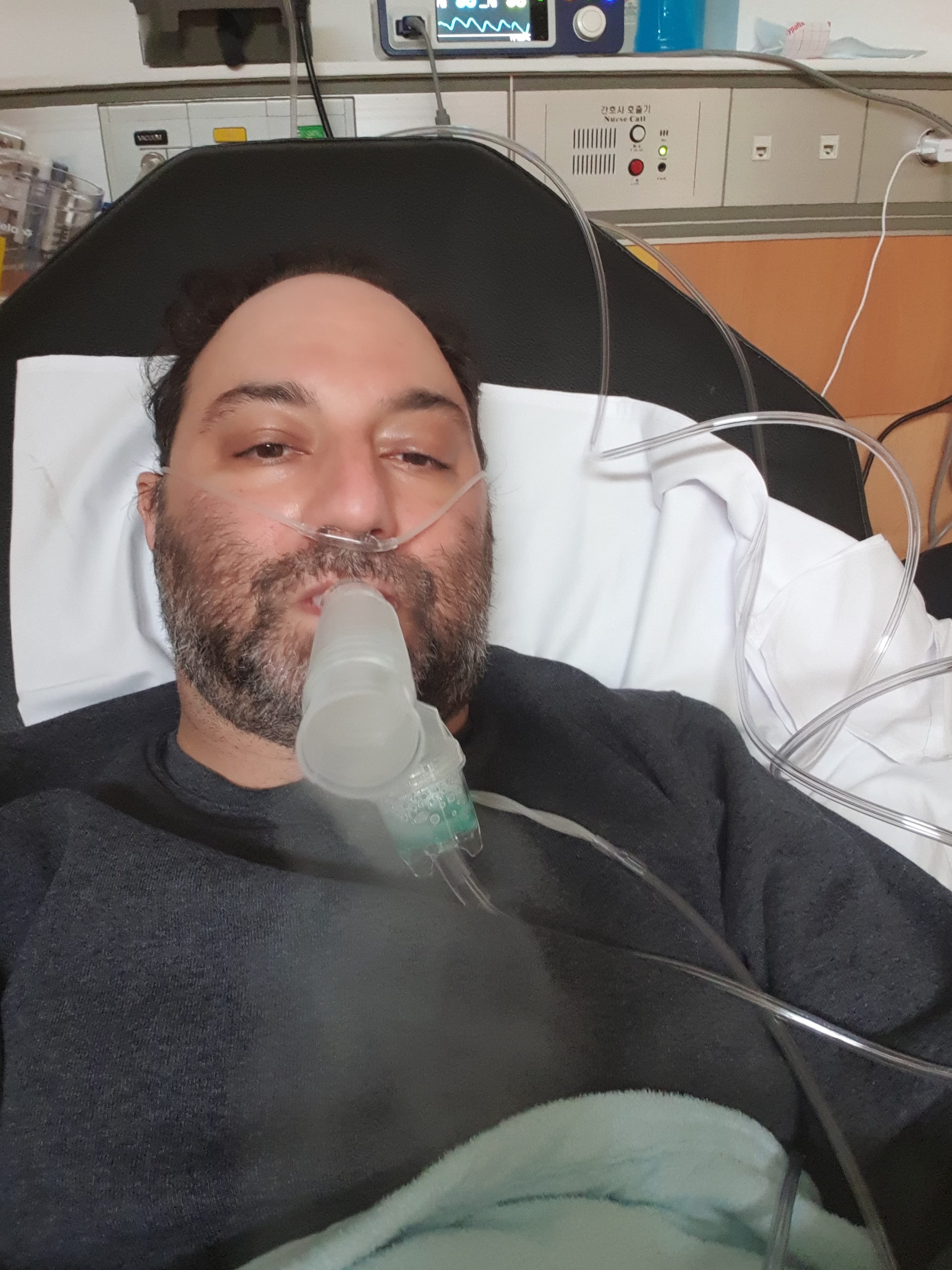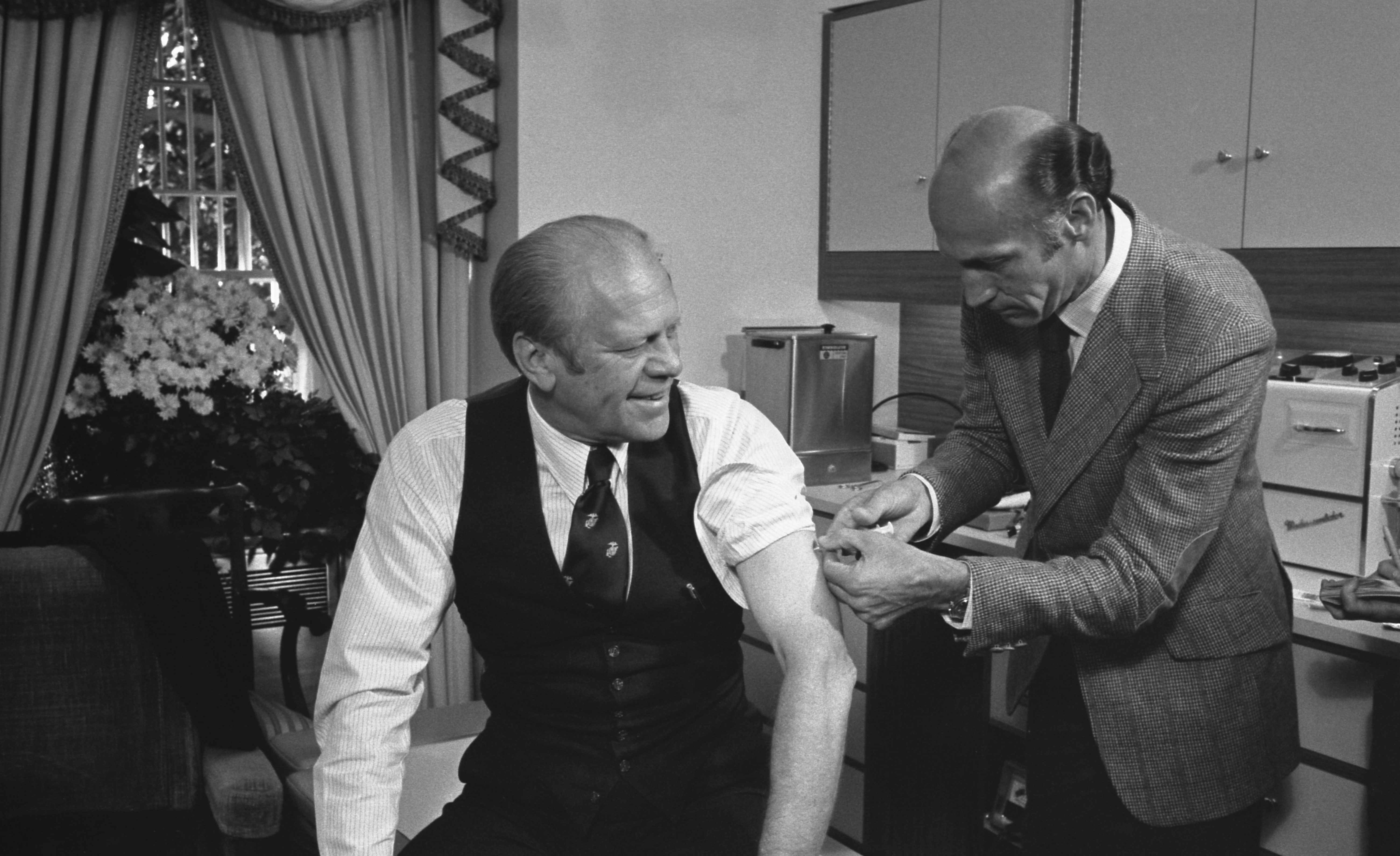Last Friday night Jenny and I went to a great rooftop party in Brooklyn to watch the July 4th fireworks. We met new people and ate tofu-dogs and got tar on our shoes as the city around us crackled and popped and sparkled. As the time for the big show got closer, other groups began to appear on the roof: an older blue-collar couple, he with mullet and tattoos; an insular clan of young white hipsters like ourselves, from whose circle came wafting the occasional scent of marijuana; and finally a bunch of black kids in their late teens who seemed bent on blowing off somebody’s hand, as adolescents so often are on the 4th.
It was my first fireworks and my first July 4th in the US since 9/11, and it had certain curious overtones. I have to wonder what it must have been like last year, when it was New York’s first. For me it was jarring to see and hear all these explosions so soon after watching our Shock and Awe campaign in Iraq; I love fireworks and find them beautiful, but they’re explosions and they make me think about what it would be like to hear all this noise and know it’s hostile. We’re lucky that explosions are still cause for us to run upstairs to the roof, not downstairs to the basement.
*
Let me preface this next section by telling you that I’m fine. Okay, now that that’s out of the way …
Later that night, after Jenny had gone to bed, I felt my heart begin to beat irregularly. This has happened to me before pretty often — the first time it happened I was at summer camp, which gives you an idea — so I didn’t think too much of it. I’ve been told that my arrhythmia is called paroxysmal atrial tachycardia (PAT) or supraventricular tachycardia (SVT), and that it’s not especially dire, although it’s rather uncomfortable and unnerving. I tend to feel like my heart is both racing and not pumping enough blood; sometimes I get a little flushed, feel slightly nauseous or dizzy, or feel a tightness in my chest. Fortunately it usually goes away on its own, and I have pills in case it doesn’t.
On Friday night, though, the pills didn’t work. I ended up taking something like five of them over four hours, all the while afraid to go to sleep. After all, I’ve heard all my life about how my father’s father died when he waved off some chest pain and went to sleep, never to wake again. I finally collapsed at about 5 a.m. for a couple of hours of fitful sleep, but when I woke up I was still arrhythmic, so I woke Jenny and off we went to the emergency room.
I have to say that the Beth Israel ER staff was pretty good to me. I was told that what I had was a completely different type of arrhythmia from PAT/SVT, one that has no shared cause, and they were surprised to hear I had both. My new condition is called atrial fibrillation, and I was told that it’s so undangerous that “some people live in atrial fibrillation for years.” Considering my age and discomfort, however, they were determined to fix the problem.
Over the course of several hours I was given repeated doses of a drug that was supposed to slow my heart down, with the possible effect of kicking it back into normal rhythm. When that failed, I was rolled into a different room for electroshock. They shaved the left side of my chest, gave me heavy sedatives — Jenny tells me I babbled incoherently about trekking in Nepal until I passed out — and then zapped me. It did the trick, although unfortunately it left mild burns on my chest and back.
All of this I did uninsured, and it is a sign of the disastrous state of our health care system that two doctors, a nurse and a social worker all encouraged me toward various forms of fraud and obstructionism as methods of getting my bill paid. Fortunately Jenny was able to put me on her medical insurance and to make it retroactive to July 1st, which felt to us like a small bureaucratic miracle. And so life ticks on.



